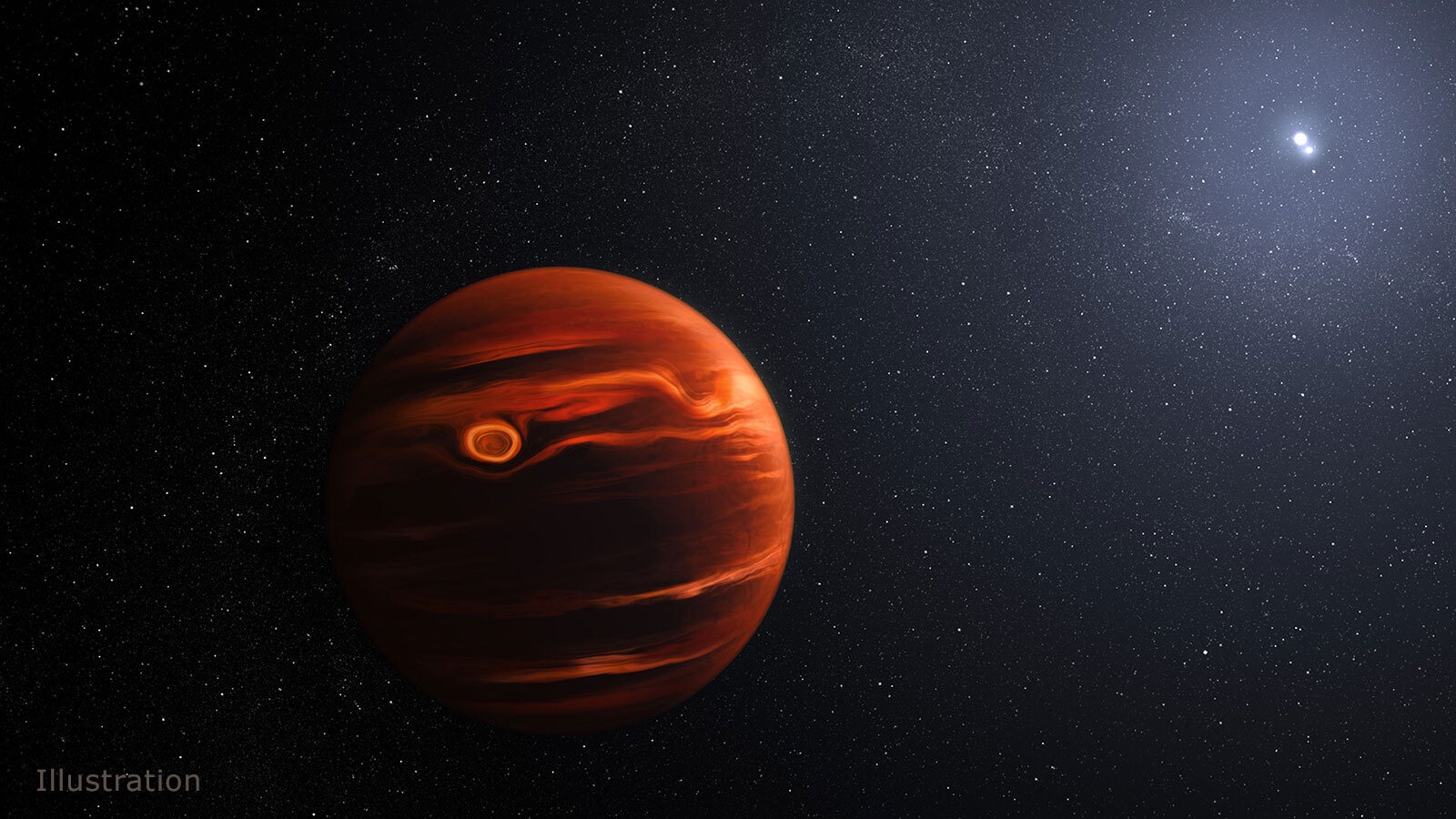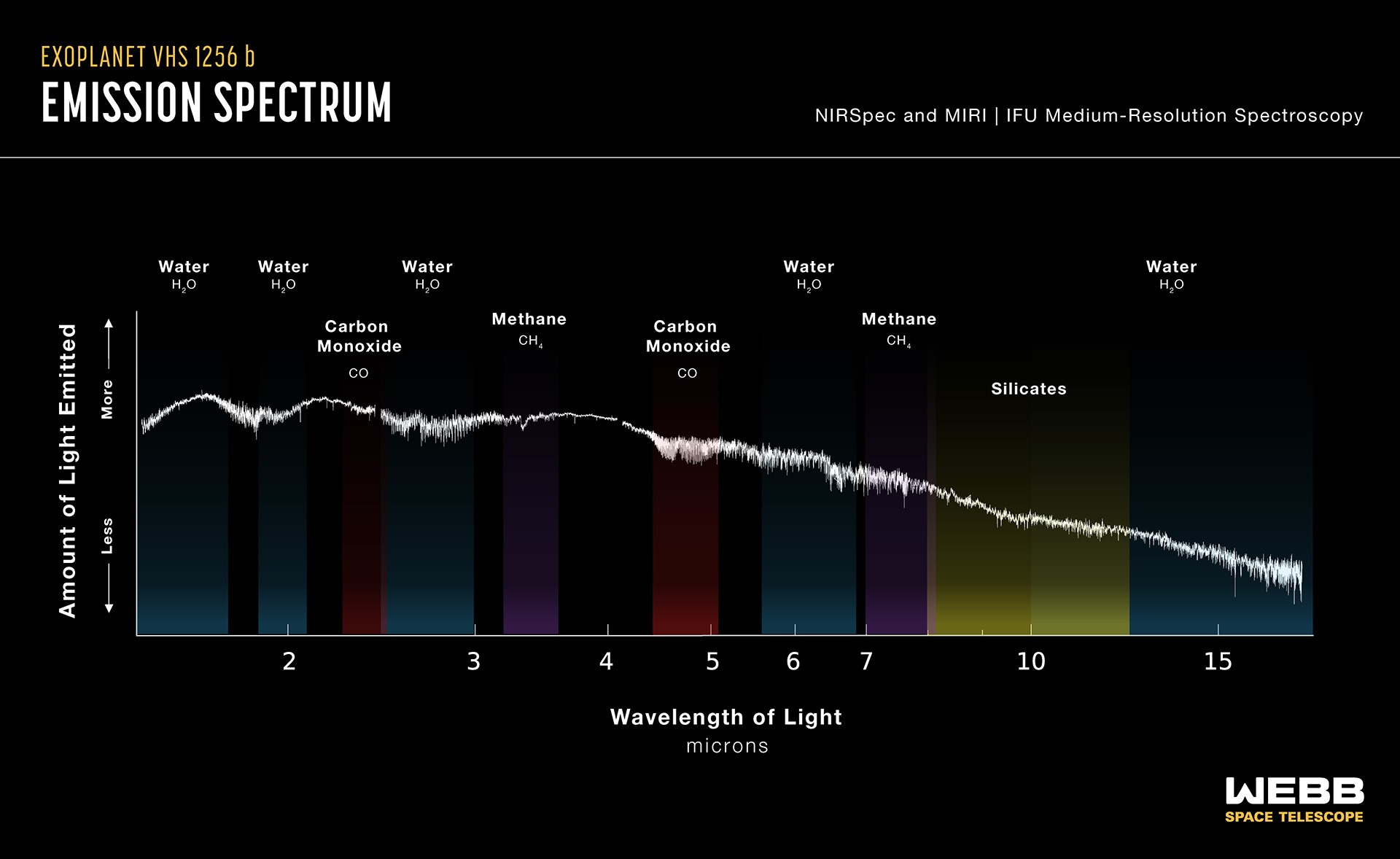For the first time in history, a dust storm was observed outside our Solar System. This was made possible thanks to the power of the James Webb Space Telescope, which made the discovery. A powerful storm was seen on the exoplanet VHS 1256 b, located about 40 light-years from Earth.

Thanks to the NIRSpec and MIRI instruments, James Webb was able not only to observe a distant dust storm, but also to determine what exactly the atmosphere of an exoplanet consisted of. Scientists have discovered that its upper layer consists of dense silicate clouds. According to the Space Telescope Science Institute Webb, unlike on Earth, the clouds of the exoplanet are very hot — about the same as the flame of a candle.
“Have you ever been hit in the face by hot sand? But this is only a light breeze compared to the changing conditions found high in the atmosphere of the planet VHS 1256 b. This is the most volatile planetary object known to date,” the institute’s press release says ironically.

VHS 1256 b was first opened in 2015. It belongs to the class of super-Jupiters with an atmosphere similar to the gas giant of our Solar System, but 12 times more mass. The exoplanet has a 22-hour day, but is far from the two stars around which it orbits — about four times as far as Pluto is from the Sun. That is, the planet makes one orbit around the stars in 10 thousand Earth years. Astronomers have also identified signs of water, methane and carbon monoxide, as well as some signs of carbon dioxide.
VHS 1256 b is another part of the exoplanet puzzle. From an astronomical point of view, the planet is relatively young, it is 150 million years old, while our Earth is about 4.6 billion years old. According to scientists, when VHS 1256 b gets older, it will cool down, and the powerful cloud cover in its sky may dissipate. By that time, the planet will be boiling in its own hot cloud mess.
Earlier we reported on how to search for exoplanets.
According to NASA.
Follow us on Twitter to get the most interesting space news in time
https://twitter.com/ust_magazine

